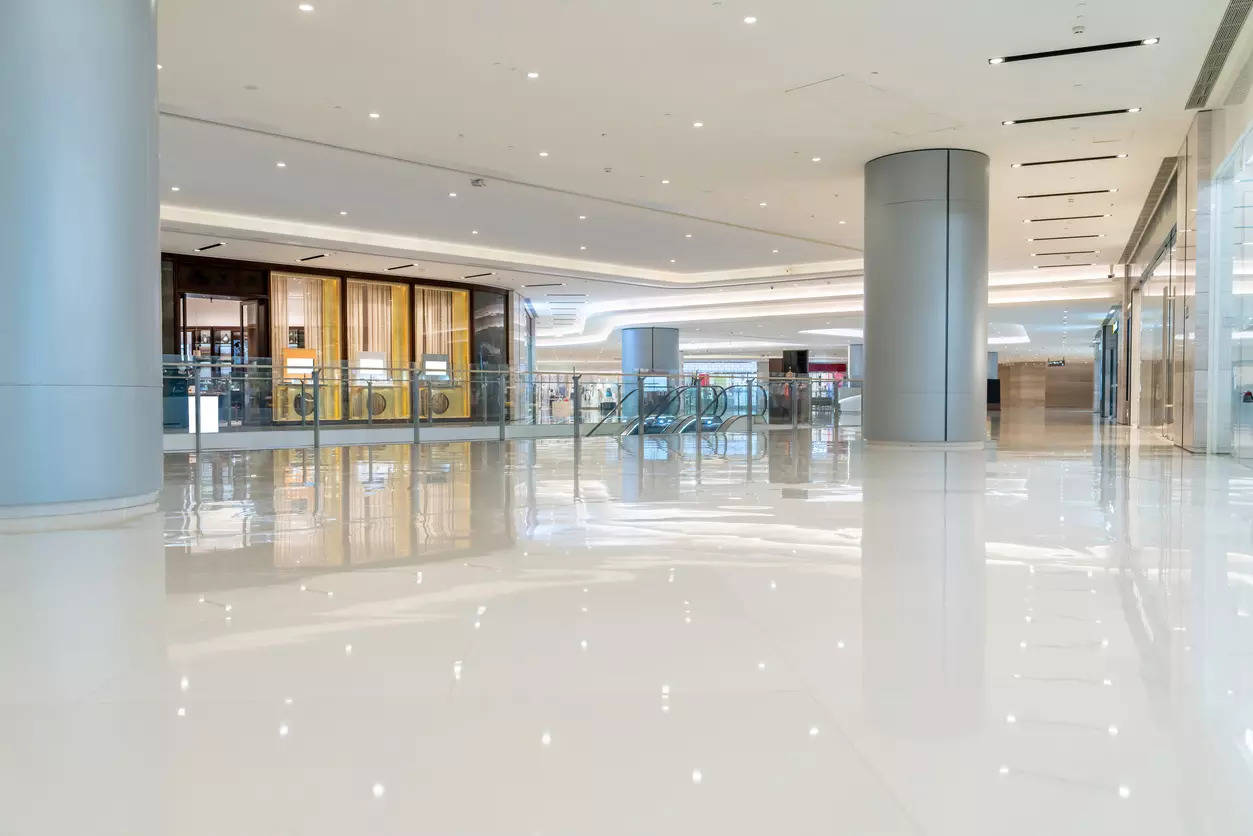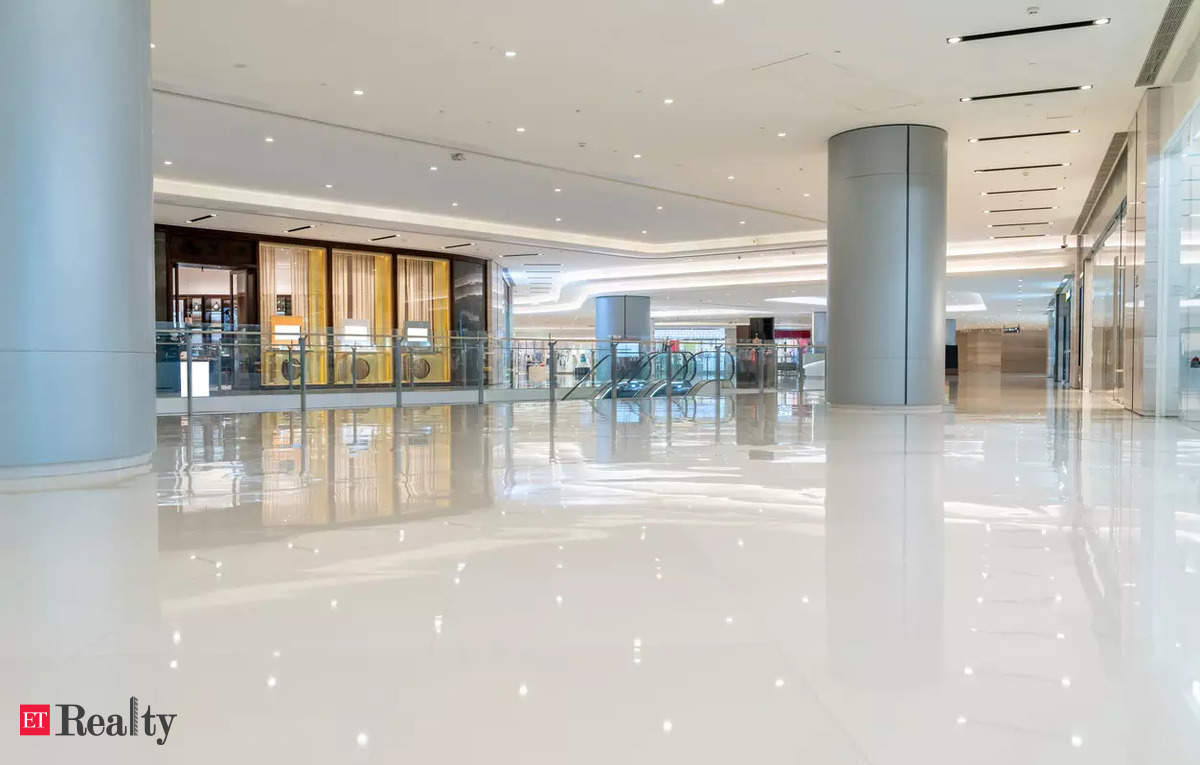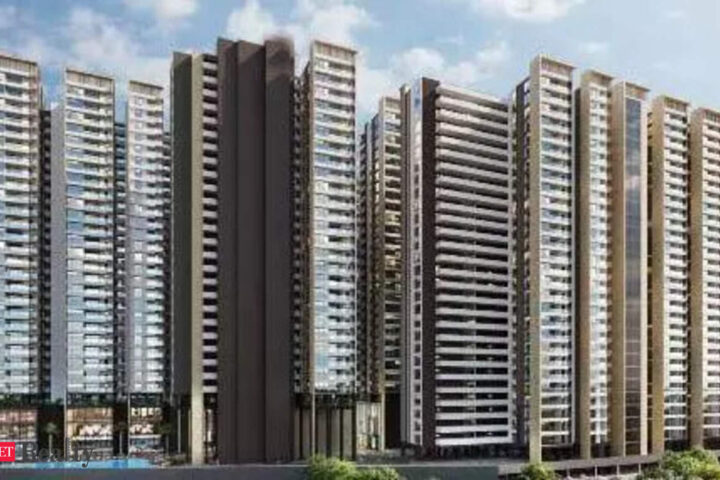
NEW DELHI: The Indian retail sector needs 55 million sq ft of grade-A mall space over the next four years to keep pace with the market according to a recent report by Cushman & Wakefield.
Retail space per capita (RSPC) lags behind other South Asian countries including Indonesia, Philippines, Thailand and Vietnam – underlining vast potential for retail expansion.
H1 2024 saw no new mall supply enter the market. Country’s total grade-A mall inventory, currently stands at 61 million sq ft across top eight cities, translating to a mere 0.5 sq ft of RSPC, which is much lower even when compared with smaller countries such as Indonesia, the Philippines and Vietnam.
Over the last eight years, the retail sector has witnessed an average of a mere 2.5 million sq ft of Grade-A mall developments commence operations.
This means, merely 20 million sq ft of grade-A malls got added in the last eight years, despite consumer demand consistently growing stronger during the same period.
This low mall penetration is the reason why vacancies in existing grade-A malls are at its lowest level across top real estate markets.
Saurabh Shatdal, managing director, Capital Markets, and Head Retail, Cushman & Wakefield, said, “The rising consumer confidence and increasing discretionary spending are clear indicators of the sector’s potential. To capitalize on this growth, it is imperative to address the supply-side challenges and ensure the availability of quality retail spaces.”
At present, the forecasted pipeline of grade-A retail mall projects add up to merely 18 million sq ft through 2024-27 period.
According to the report, the average number of global brands entering India has surged from a pre-covid yearly average of 12 to 25 as of 2024.
Thus, there is an opportunity for Indian mall developers to deliver this quantity in approximately 4 to 5 years that will be 9 to 11 million sq ft per annum. That is nearly 3.5-4.5X of the capacity addition seen over the last eight years.
As of now, high streets and office-retail complexes (ORCs) are witnessing significant growth as the dearth of grade-A malls persists.














